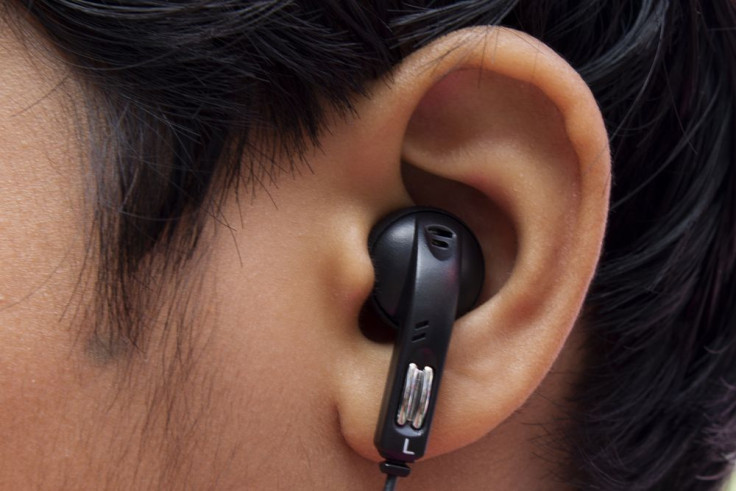Curing Deafness: Sound-Sensing Cells Regenerated In Mice May Offer Clues To Treating Hearing Loss In Humans

New research shows that damaged sound-sensing cells in the inner ear may be repaired, illuminating a new treatment strategy for noise-induced hearing loss.
Prevailing scientific knowledge suggests that the sound-sensing hair cells lining the cochlea, the auditory component of the inner ear, are gone forever once they are lost. For this reason, damage sustained during exposure to loud, explosive noises can last a lifetime.
But Dr. Albert Edge, a professor at Harvard Medical School and senior author of a new study, says that he and his colleagues have now found evidence that the cells can be regenerated from so-called supporting cells — at least in mice pups. "The finding that newborn hair cells regenerate spontaneously is novel," he explained.
The study, which is published in the journal Stem Cell Reports, builds on previous research on the so-called Notch pathway — a signaling system certain cells use to talk to one another. The new findings show that, by inhibiting this type of signaling, a physician may increase the formation of sound-sensing hair cells from supporting cells expressing the protein Lgr5. "By using an inhibitor of Notch signaling, we could push even more cells to differentiate into hair cells," Edge said in a press release. "It was surprising that the Lgr5-expressing cells were the only supporting cells that differentiated under these conditions."
Curing the Incurable
According to the American Speech-Language-Hearing Association, the number of Americans with hearing loss has doubled over the past three decades. More than 30 million people now live with some type of auditory disorder, with noise-induced hearing loss being one of the most common. To learn more about the condition and how to prevent it, visit the National Institute on Deafness and other Communication Disorders.
While it may take some time before Edge’s results can be applied in clinical contexts, the findings nonetheless raise the question: Is 21st century health care moving towards a “cure” for conditions that have remained incurable for millennia? Another example of this is a 2013 study from University College London’s Institute of Ophthalmology, in which researchers restore sight to blind mice. Together, these investigations stand to revolutionize the treatment of some of our most common disabilities.
Source: Bramhall NS, Shi F, Arnold K, Hochedlinger K, Edge ASB. Lgr5-Positive Supporting Cells Generate New Hair Cells in the Postnatal Cochlea. Stem Cell Reports. 2014.
Published by Medicaldaily.com



























